|
On Sunday the world will mark World TB Day. It was on this day in 1882 that Dr Robert Koch announced he had discovered the bacterium that causes TB. Today, TB remains the world’s leading infectious cause of death.
In this special newsletter we feature articles about how far the fight against TB has come, as well as about new breakthroughs.
Efforts to finally combat the disease continue to pre-occupy scientists. Andrew Nunn and I.D Rusen share important findings from their recently published research on improving the treatment of drug resistant-TB. With an eye on some of the biggest breakthroughs, Bavesh Kana, looks at other developments made on the prevention and treatment front. And finally, Nazir Ismail debunks the myth that the disease only affects the lungs.
You can also read a selection of best read articles on the topic that we’ve published previously.
|
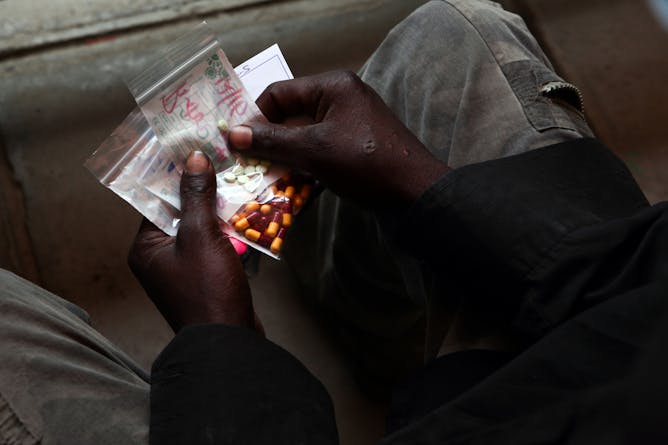
New research holds promise of a shorter treatment course for people with drugresistant- TB.
Daniel Irungu/EPA
Andrew Nunn, UCL; I.D. Rusen, University of Toronto
New research shows that the treatment of drug resistant-TB can be reduced from the current duration of 20 to 24 months to less than a year.
|

TB, which is caused by the bacterium Mycobacterium Tuberculosis, is a leading cause of death.
Kateryna Kon/Shutterstock
Bavesh Kana, University of the Witwatersrand
In Southern Africa, high rates of HIV infection have been the primary driver of TB
|
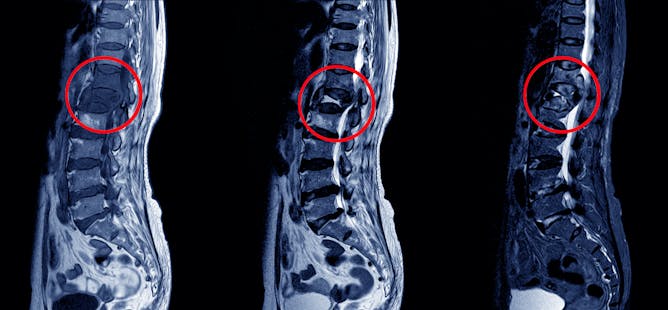
X-rays, CT scans or MRIs may be necessary to detect TB in organs other than the lungs.
Shutterstock
Nazir Ismail, National Institute for Communicable Diseases
TB outside the lungs accounted for 14% of TB cases recorded globally in 2017.
|
Best reads
|
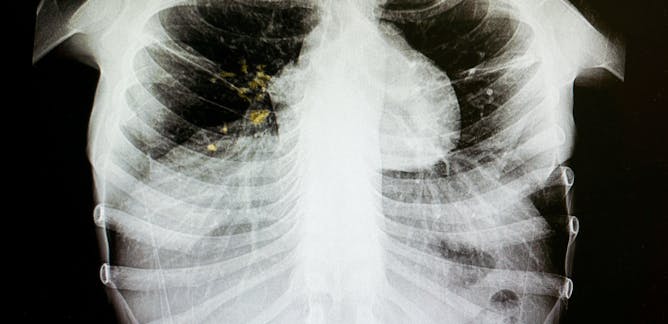
Ruben Cloete, University of the Western Cape
Using a large number of computers to screen TB drugs reduces the cost and time.
| |
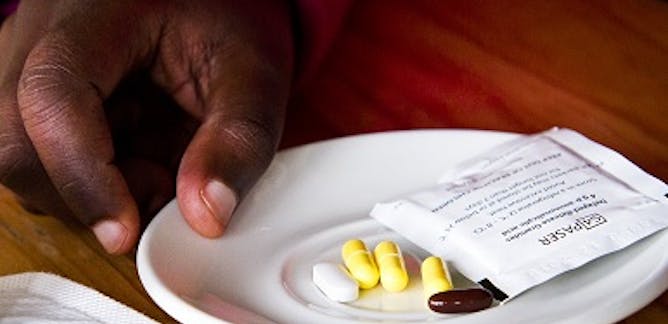
Eric Goemaere, University of Cape Town
Treatment for drug-resistant TB remains problematic as the painful daily injectable patients receive for at least six months leaves more than 60% deaf.
|
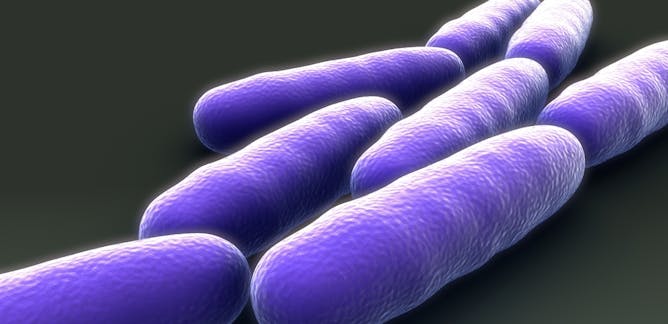
Bavesh Kana, University of the Witwatersrand
The current range of TB diagnostic tests have various limitations like the sputum smear which is outdated, clumsy and takes long to process.
| |
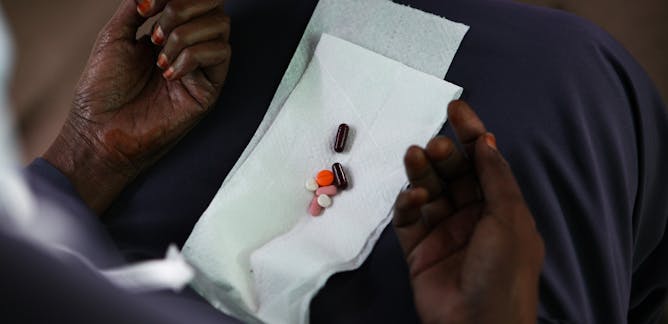
Sarah D'Souza, University of the Western Cape; Admire Dube, University of the Western Cape
The reason that nanoparticles hold such hope for TB treatment is that they can be carefully targeted.
|
|
|